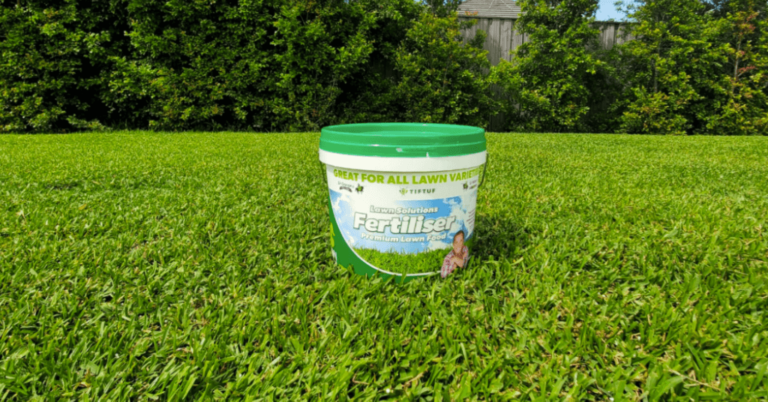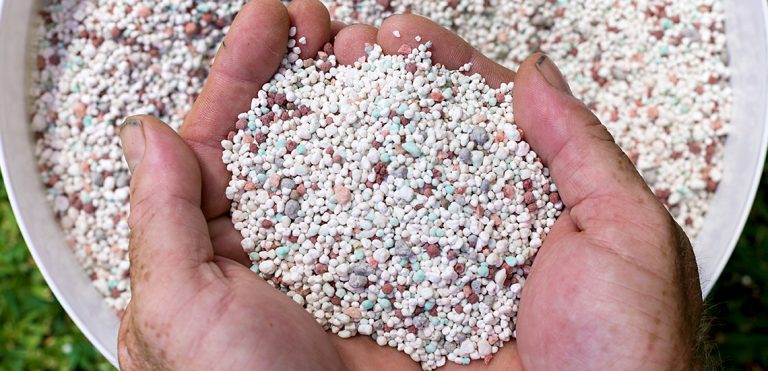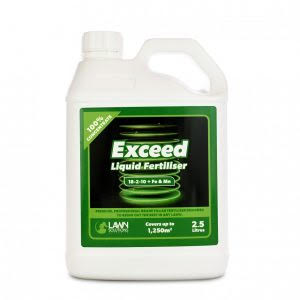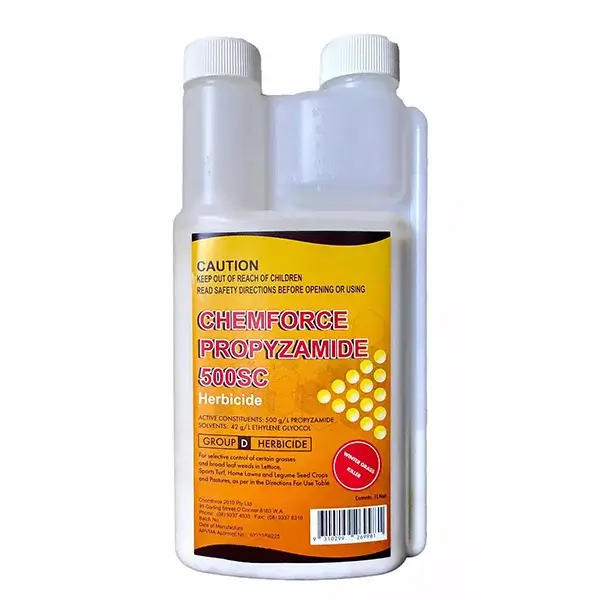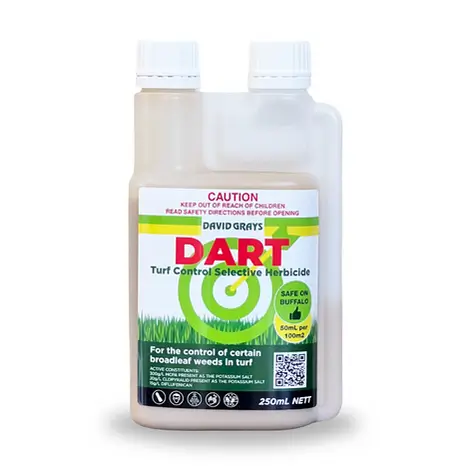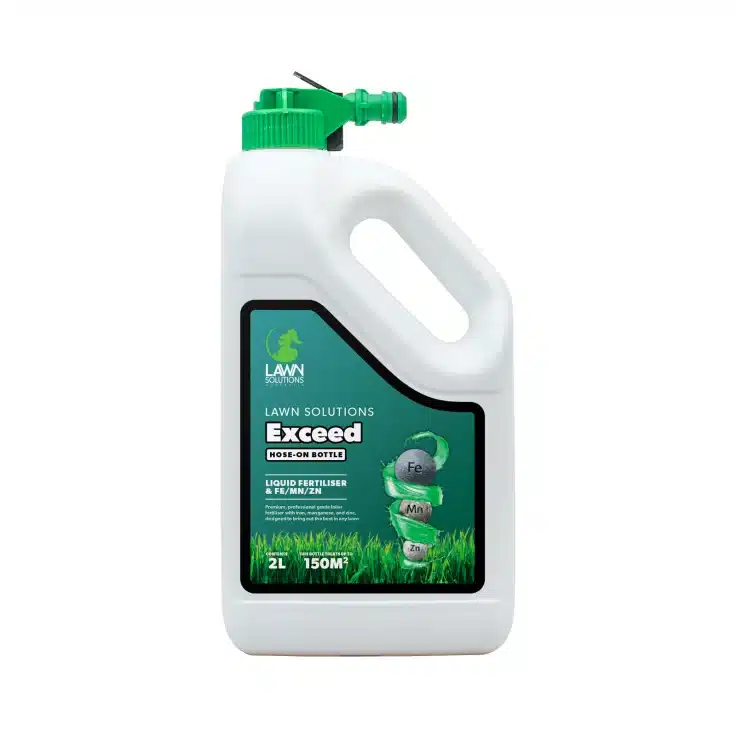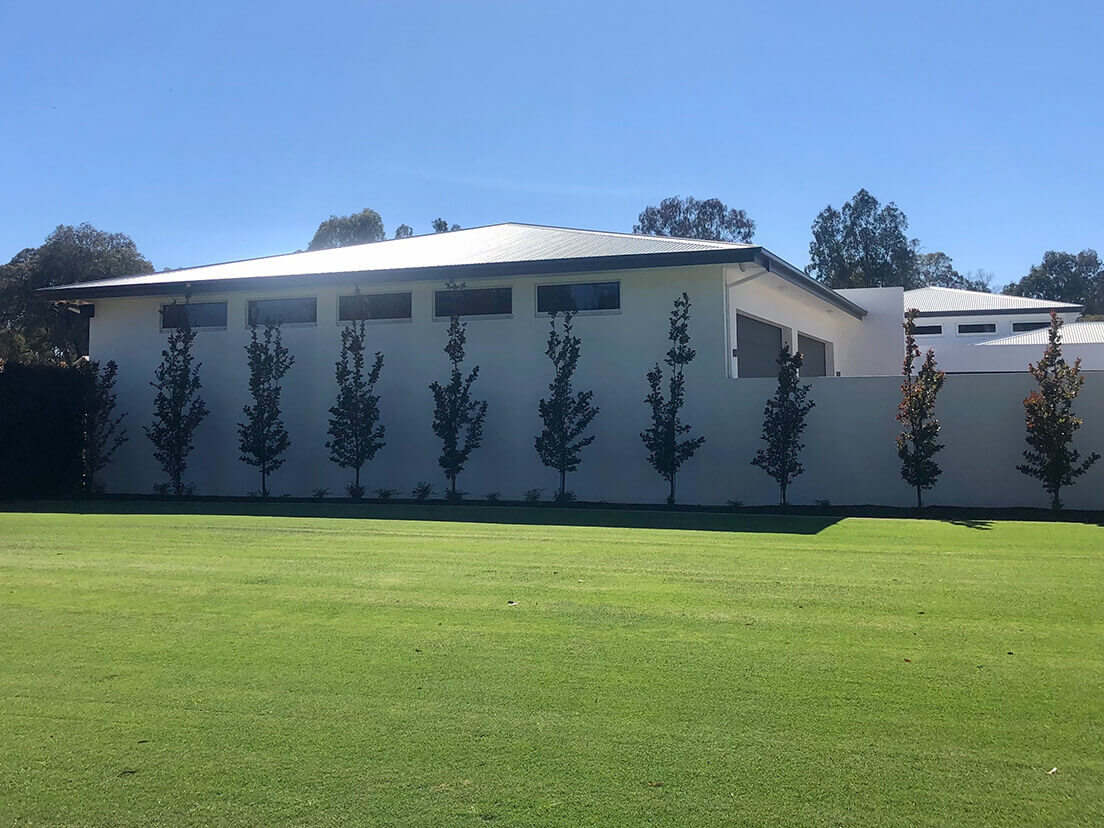Fertilising your lawn is quite a simple task, but there is a bit more to it than simply chucking it out or spraying it on.
Fertilising the right way can help improve your lawn’s appearance and keep it happy and healthy.
Why Should You Fertilise Your Lawn?
We need to fertilise our lawn because there is usually a lack of the required nutrients it needs within the soil. We need to supplement the existing nutrient levels, so we can achieve a balance of all the nutrients our lawn needs to stay in top shape.
When To Fertilise Your Lawn?
When fertilising, you want to make sure you’re applying it at the right time of year to get the most out of your lawn fertiliser. Most common warm-season varieties like buffalo, couch, kikuyu, and zoysia love a feed around mid-spring when the lawn starts to grow again after winter. Aim for another feed in summer around Australia Day and then again in autumn after Easter or Anzac Day to help give the lawn a boost heading into the cooler months. And remember, always wear eye protection and try to avoid fertilising during extreme heat.
How To Apply The Fertiliser?
There are 2 main types of fertilisers on the market, granular and liquid.
Granular Fertilisers
Granular fertilisers are an easy and popular option to use. These fertilisers do take longer to be absorbed but will usually release nutrients over a longer period.
Before application, it's best to measure out your lawn size to ensure you apply it at the correct application rate. Then check your fertiliser’s label rate and safety instructions. With granular fertilisers, we recommend using a fertiliser spreader to apply the granules evenly or use a smooth motion when spreading by hand. When applying fertilisers, the most important thing is to evenly cover the area as best you can. Our tip is to walk up and back, then across in the opposite direction to get the best coverage. Keep an eye on how wide you are spreading the granules out to avoid doubling up on application in areas.
Lawn Solutions Premium Fertiliser is a professional blend of both slow and fast release granules containing all the essential nutrients and trace elements for all lawn types. It has been designed to provide the best results when applied at a rate of 20 to 25 grams per square metre. To calculate your coverage, simply multiply your lawn area (m2) by this rate (20 to 25g).
Liquid Fertilisers
Liquid fertilisers work faster than granular fertilisers as they are applied directly to the leaf of the lawn and are absorbed quickly. This helps give your lawn a short boost.
Again, before application measure out your lawn size and apply as per your fertiliser’s application rate. When applying your liquid fertiliser, spray your fertiliser evenly by walking in an organised fashion to achieve an even application. Keep an eye out how wide your sprayer is to avoid doubling up on application in areas.
Exceed Liquid Fertiliser is a premium, professional foliar fertiliser designed to bring out the best in any lawn. It can be applied using either a knapsack sprayer, watering can, or with a 2L hose-on sprayer. When applying Exceed with a knapsack use 200-400ml with 7lt-10lt of water for 100m2.
Irrigation
After applying your fertilisers, give any hard surfaces a sweep or blow to remove any fertiliser that may have been applied before irrigation. This will help avoid stains on your hard surfaces.
After clearing your hard surfaces, it’s time for the final step, watering in your fertiliser. This is an important step to help avoid burning on your lawn. Not all fertilisers need to be watered in, but the majority do. If you’re unsure, read your product’s label or check with the product manufacturer. To water in your fertiliser, you can use a hose and sprinkler or time your application just before rain. If you’re applying just before rain, be careful that you’re not going to get a big downpour, as too much rain can wash the fertiliser straight out of the lawn. Around 5-10ml of rain is perfect.
Fertilising Your New Turf
If you’re installing new turf then we do suggest using a starter fertiliser prior to laying. This will help to prepare your base and will kickstart your turf growth and give it the best chance to transplant. You should apply a good all-rounder fertiliser to your new lawn 5-6 weeks after its initial installation.
What If I Over-Fertilised My Lawn
Over-fertilising your lawn will cause sudden plant growth, particularly leaf growth and thatch. The problem with this is that the roots won’t experience the same amount of rapid growth and will then be unable to supply the amount of water and nutrients that your grass needs. Excessive fertilising will cause salts to build up in the soil making it difficult for water to be absorbed, which dries out your grass causing discolouration and possibly even plant death if bad enough.
To fix an over fertilised lawn, regular watering will be the best method to leach the excessive salts from the soil. You can also aerate and lightly top dress your lawn to improve the composition of your soil which will also aid in your lawn’s recovery. If the damage has been done during the growing months your lawn should recover quite quickly on its own.
By following these simple fertilising steps, you’ll be able to reap the benefits of a healthy lawn in no time.
For more information on fertilising your lawn, check out our seasonal fertilising guide here and use our variety.

